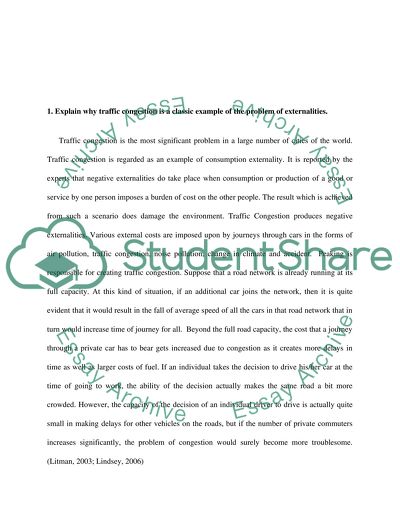Cite this document
(“Why traffic congestion is a classic example of the problem of Essay”, n.d.)
Retrieved from https://studentshare.org/environmental-studies/1423709-road-pricing
Retrieved from https://studentshare.org/environmental-studies/1423709-road-pricing
(Why Traffic Congestion Is a Classic Example of the Problem of Essay)
https://studentshare.org/environmental-studies/1423709-road-pricing.
https://studentshare.org/environmental-studies/1423709-road-pricing.
“Why Traffic Congestion Is a Classic Example of the Problem of Essay”, n.d. https://studentshare.org/environmental-studies/1423709-road-pricing.


